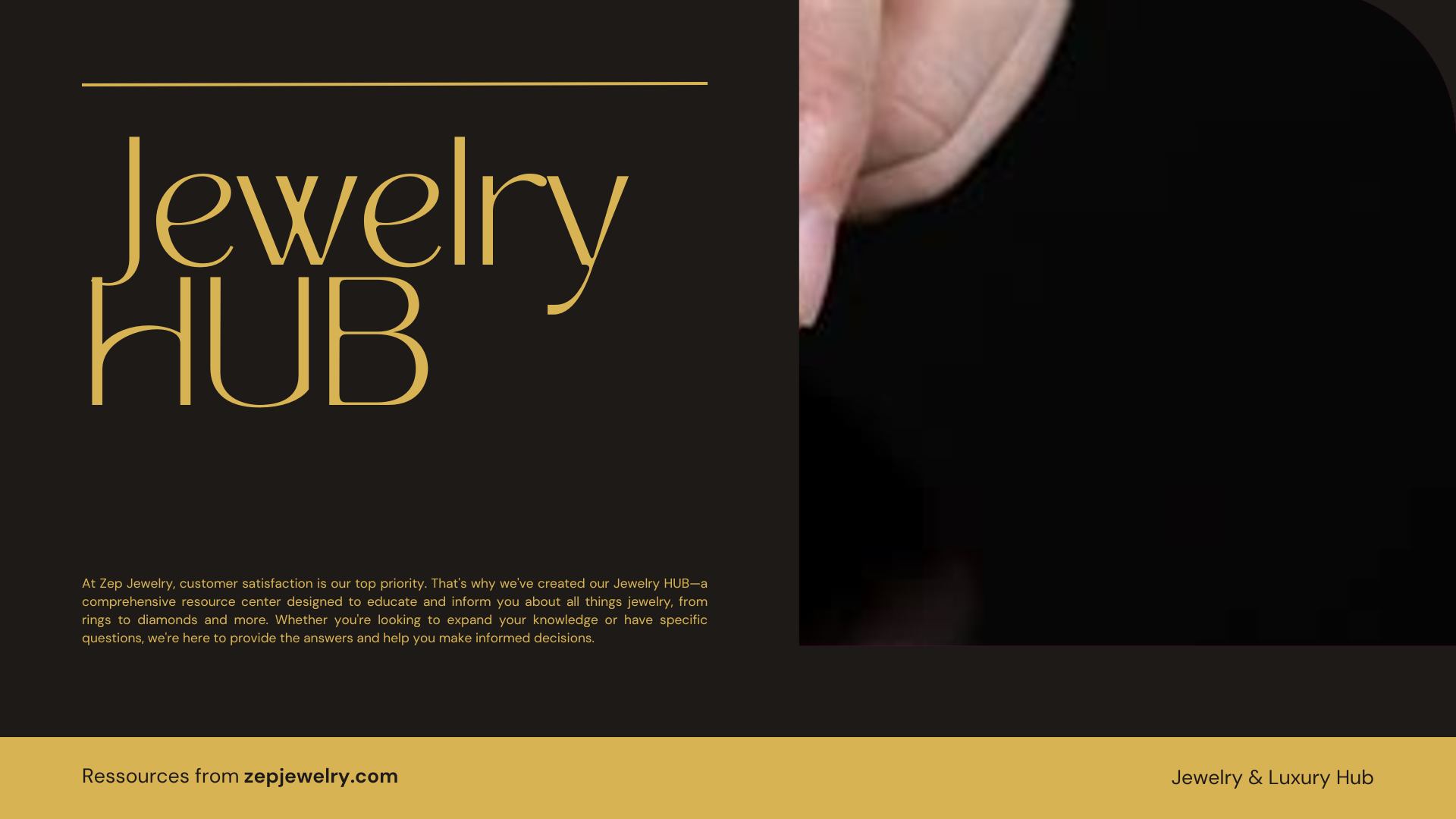Have you ever wondered if that sparkling necklace you bought on a whim might end up gathering dust like an old family heirloom? The world of jewelry is like a treasure chest overflowing with both glimmering opportunities and hidden pitfalls. While some pieces can soar in value, others may take a nosedive as fast as a lead balloon. Understanding the nuances behind jewelry valuation isn’t just for seasoned collectors; it’s vital for anyone hoping to make informed choices about their bling. So, let’s uncover the glittering truths behind whether jewelry really holds its value over time.
Does all jewelry lose value over time?
Not all jewelry loses value over time; in fact, some can actually appreciate under the right circumstances. Various factors contribute to how jewelry retains or loses its worth, including the type of jewelry, the materials utilized, and current market demand.
Costume jewelry, often made from less expensive materials and finite production techniques, typically depreciates quickly. In many cases, its value can decrease significantly—sometimes even immediately after purchase—because it lacks the inherent qualities that can sustain or elevate value over time. This makes it a less viable option for anyone considering jewelry as an investment.
On the other hand, high-quality pieces crafted from precious metals and genuine gemstones have a better chance of retaining their value, and many can even appreciate significantly over time. For instance, items containing diamonds, sapphires, or emeralds tend to hold their value well due to their rarity and the strong market for authentic gemstones. Moreover, vintage and antique jewelry often gains value, particularly if it has historical significance and is in good condition. As a result, investing in high-quality jewelry can be a smart financial decision, with the potential for returns that exceed initial investments.
Key points to consider include the quality of craftsmanship and the presence of jewelry hallmarks, which signify authenticity and purity. Reputable dealers can provide assurance of quality, minimizing the risks associated with counterfeit pieces. Additionally, maintaining and insuring high-value jewelry can also safeguard its value over time. Understanding market trends, while focusing on quality and rarity, is essential for anyone looking to invest wisely in the jewelry world.
In summary, while costume jewelry typically loses value quickly, high-quality pieces and certain types of vintage jewelry can retain or even gain worth over the years. Conduct thorough research and consider all factors involved to make informed jewelry investment decisions.
How much value does fine jewelry lose when resold?
When it comes to reselling fine jewelry, you can generally expect to recover about 20% to 50% of the original purchase price. This range largely depends on various factors, including the brand, quality, and rarity of the item in question.
However, it’s worth noting that certain exceptional pieces, such as limited-edition designs or vintage items, have the potential to sell for much more than the average resale percentage. For example, rare gemstones or jewelry crafted by renowned designers can command premium prices, sometimes resulting in value retention or appreciation over time. In fact, fine jewelry made from precious materials often demonstrates a remarkably high resale value compared to costume jewelry, which drops significantly in worth immediately after purchase.
Factors that contribute to the value retention of fine jewelry include:
- Quality of materials: High-grade metals and gemstones generally appreciate better.
- Rarity: Unique pieces are likely to attract more buyers, which can drive up prices.
- Market trends: Keeping an eye on market demands can provide insight into potential resale values.
- Brand reputation: Well-known brands often see their pieces retain value better than lesser-known labels.
It’s essential to approach jewelry resale with thorough research and an understanding of current market dynamics. For those considering investing in fine jewelry, looking into certification and appraisal processes can further safeguard against depreciation. This way, you have documented proof of your piece’s quality and value, making it an even more reliable investment opportunity.
In conclusion, while most fine jewelry does experience some level of depreciation upon resale, select items — particularly those characterized by rarity, quality, and designer pedigree — often exceed this trend, allowing for a promising return on investment.
What types of jewelry tend to retain their value?
Jewelry that retains or appreciates in value often includes those with precious gemstones like diamonds, sapphires, and emeralds. Additionally, vintage and antique pieces frequently gain value due to their rarity and historical significance, making them ideal long-term investments.
How do market conditions affect jewelry values?
Market fluctuations can temporarily influence the value of jewelry, particularly metals and gemstones. However, high-quality pieces typically rebound and appreciate over time, given that their intrinsic value remains strong, regardless of market trends.
Why does the quality of materials matter in jewelry investment?
The quality of materials used in jewelry significantly affects its depreciation rates. Fine jewelry made from precious metals and genuine gemstones tends to hold its value better compared to costume or lower-quality items, which lack durability and market demand, leading to rapid depreciation.
How can I ensure my jewelry investment retains value?
To maximize your jewelry investment’s value retention, purchase from reputable dealers and obtain proper certifications or appraisals. This validation of quality and authenticity is crucial, as it not only supports resale value but also protects against potential losses.
What role do brand and designer influence play in jewelry value?
Well-established brands typically have higher resale values than lesser-known designers. Designer pieces from reputable brands are generally sought after in the second-hand market, often leading to slower depreciation and maintaining their value more effectively than non-designer items.
